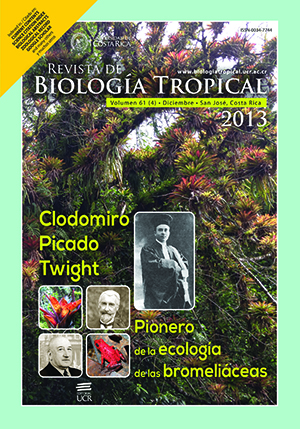Abstract
Liolaemus belongs to the Eulaemus subgenus, that is included in the Liolaemus montanus group or section, and is distributed in Argentina, Bolivia, Chile and Peru. The species members of this clade inhabit arid and high altitude environments, usually above 2 800m, and have a strong tendency to herbivory and a viviparous reproductive type. In a herpetological expedition to the Salta Province highlands, Argentina, in April 2012, we collected individuals of this new species for their description. The specimens were collected with loop, slaughtered by anesthesia and deposited in the herpetological collection of Fundación Miguel Lillo in Tucumán (FML). To characterize this new taxon, we analyzed 144 external morphological characters, referring primarily to lepidosis, color pattern, and body proportions, comparing with data from 66 constituent species of the L. montanus group (45 taxa from collection specimens and 21 from literature). Description of the colors in life was made in the field and based on photographs taken during the capture. The species described in this work inhabits a very narrow mountain range area in Salta Province (Argentina), and the Atacama Region (Chile), always above the 3 600m. This new taxon shows characteristics of lepidosis and color patterns clearly different from the other species members of the L. montanus group: the maximum snout-vent length is 72.9mm; shows 74-96 scales around midbody, 89-104 dorsal scales between the occiput and hind limbs, 92-109 ventrals, precloacal pores are evident in both, males and females, and supernumerary pores in males. Also, the presence of postcloacal pores stands out as unique among all Liolaemus. This is a new character, not only for the genus, but also to all Reptilia, becoming a morphological discovery of great importance, since in reptiles only precloacal and femoral pores are known. Based on our field observations, this new Liolaemus is related to rocky environments, which are used as refuge by this omnivorous species, and when handled, very aggressive males.##plugins.facebook.comentarios##
Downloads
Download data is not yet available.


